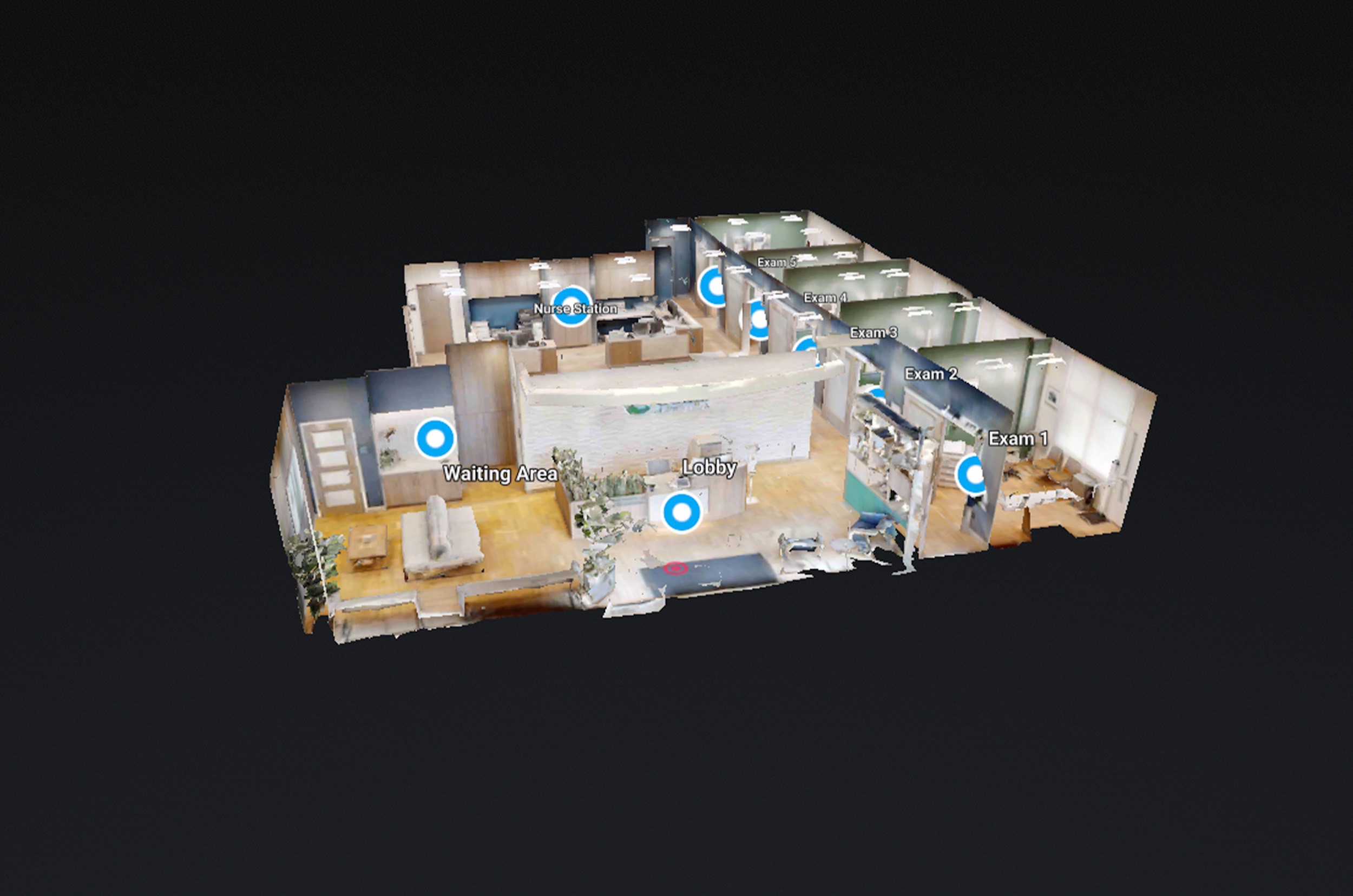Trade schools provide students with hands-on training in a variety of fields, from plumbing and welding to cosmetology and culinary arts. However, with the COVID-19 pandemic still affecting in-person learning, trade schools are turning to virtual solutions to showcase their facilities and programs. One such solution is 360 virtual tours. In this blog post, we will explore the benefits of using 360 virtual tours for trade schools.
Enhanced Student Engagement
360 virtual tours allow students to explore trade school facilities from the comfort of their own homes. By using a computer or mobile device, they can move around the virtual environment and interact with different elements, such as equipment and classrooms. This immersive experience can increase student engagement and interest in the trade school, ultimately leading to higher enrollment and retention rates.
Increased Reach and Accessibility
Virtual tours can reach a wider audience than traditional in-person tours. Prospective students who live far away or have mobility issues can still experience the trade school through a virtual tour. This increased accessibility can attract more diverse and talented students to the school.
Cost-Effective Solution
Virtual tours are a cost-effective solution for trade schools. They require no travel expenses, staff time, or equipment rentals. Virtual tours can be created using affordable equipment such as 360 cameras or even smartphones. The resulting virtual tour can be used multiple times, making it a smart investment for the school.
Competitive Advantage
In today’s digital age, prospective students expect trade schools to have an online presence. By offering 360 virtual tours, trade schools can stand out from their competitors and show their commitment to innovative and modern education. This can help the school attract top talent and increase its reputation.
Personalized Experience
Virtual tours can be customized to showcase different programs and facilities of the trade school. For example, a virtual tour of a culinary arts program can focus on the kitchen and dining facilities, while a tour of a welding program can showcase the welding booths and equipment. This personalized experience can help prospective students visualize themselves in the program and ultimately decide to enroll.
Conclusion
In conclusion, 360 virtual tours are an effective tool for trade schools to showcase their facilities and programs. By providing an immersive and accessible experience, trade schools can increase student engagement and interest, reach a wider audience, save costs, gain a competitive advantage, and provide a personalized experience. Trade schools that invest in virtual tours now will be better positioned for the future of education.







